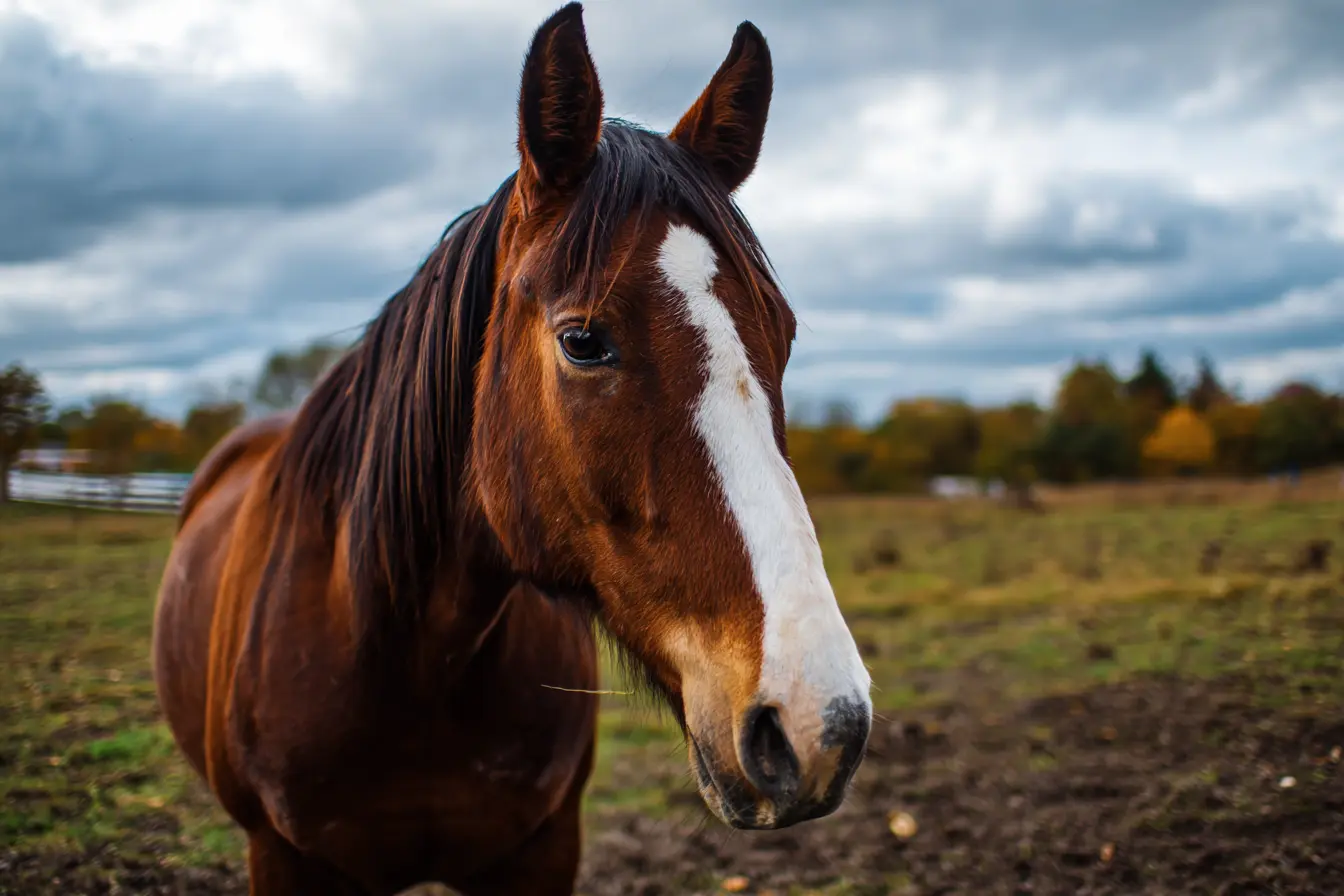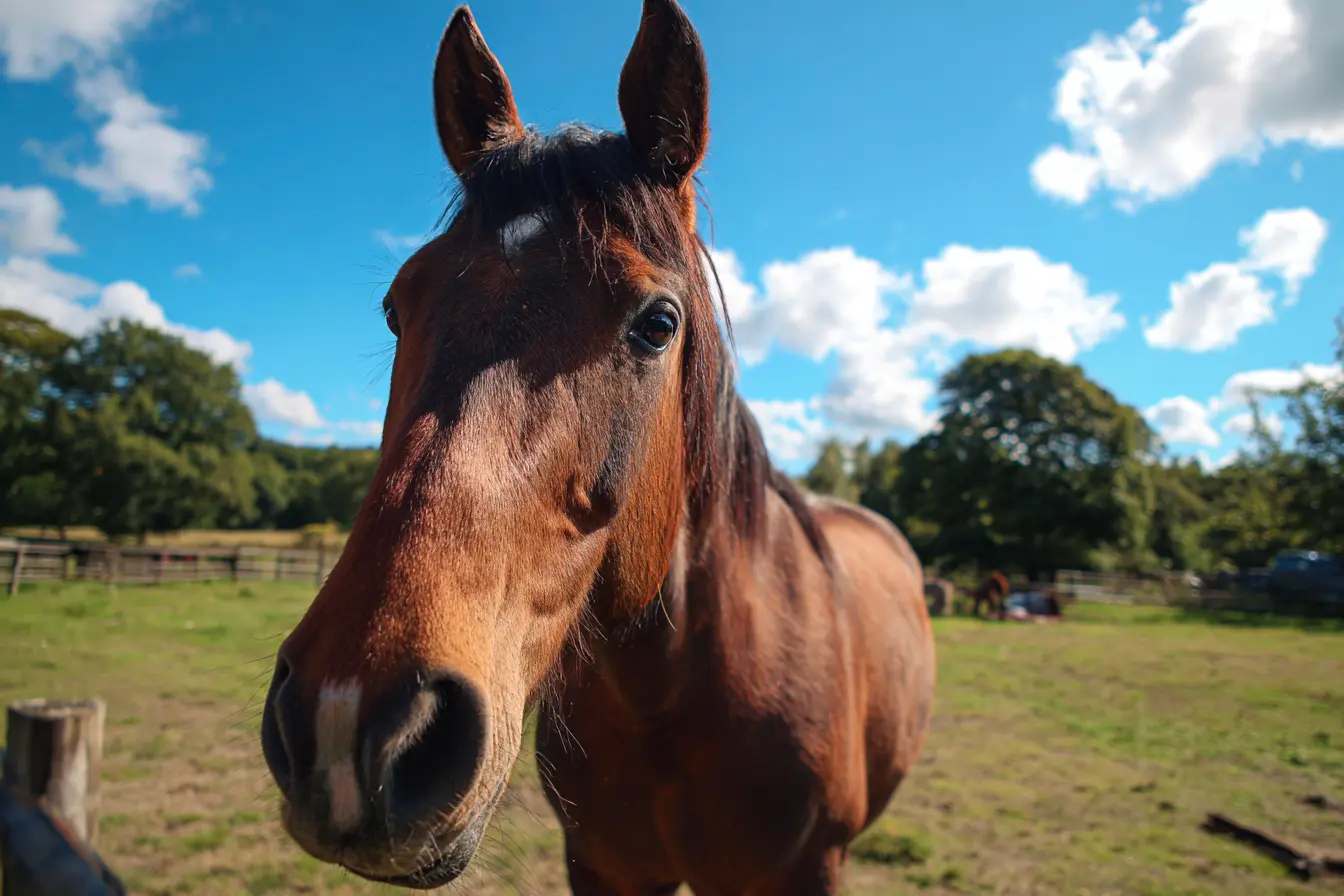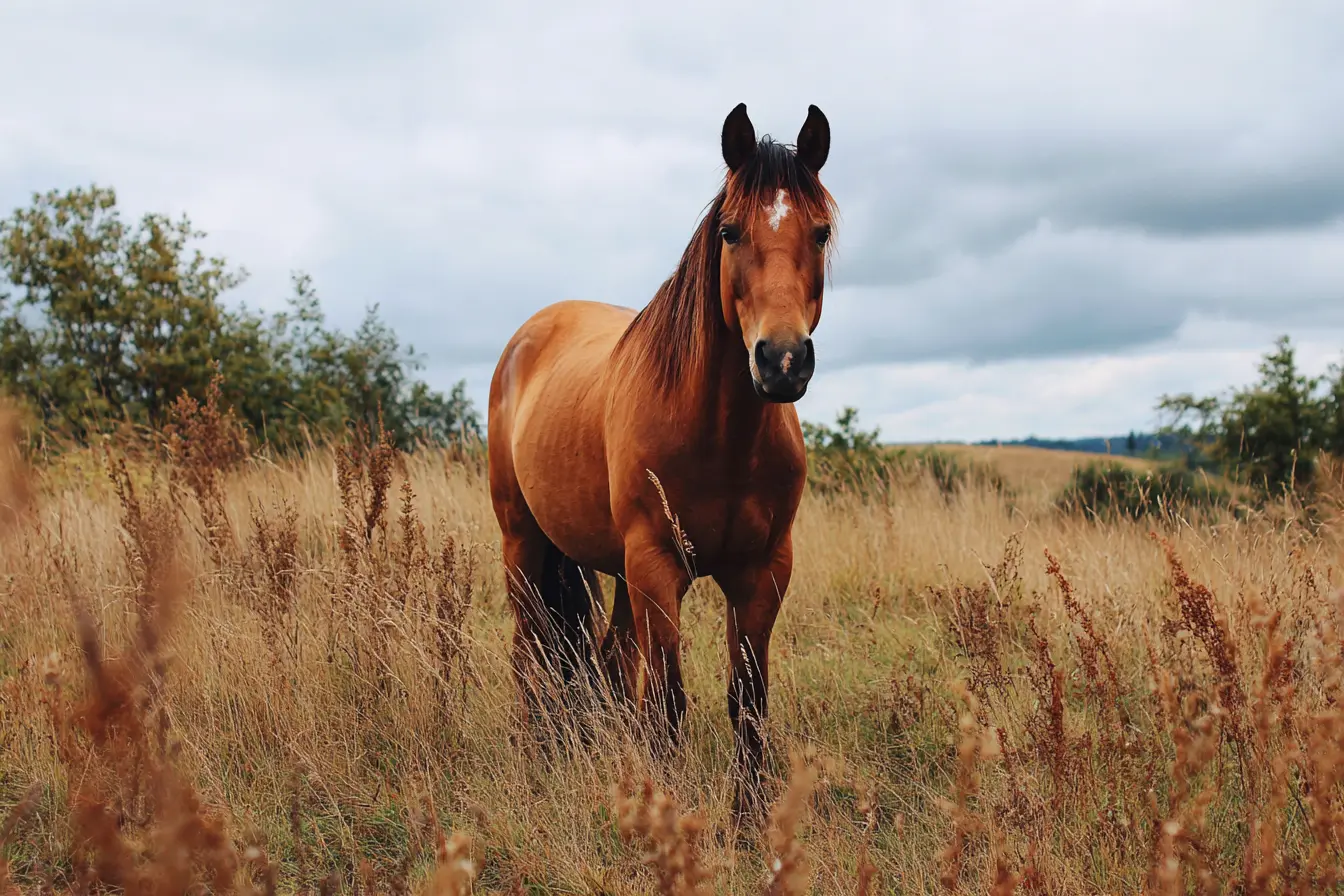
How to Check a Horse for Parasites
Internal parasites are a common concern in horse care. These unwanted invaders can affect your horse’s health, performance, and even lead to life-threatening conditions if left unchecked. While modern parasite control has greatly reduced the risks, managing parasites responsibly is essential to maintaining equine wellbeing and preventing resistance to wormers.
This guide explains how to check a horse for parasites, the types of parasites to watch out for, signs of infestation, and how to create an effective parasite control plan.
Why checking for parasites matters
Parasites live inside the horse’s digestive system, where they feed off nutrients and damage internal organs. Even a seemingly healthy horse can carry a parasite load. Regular checking allows you to:
- Monitor parasite burden
- Avoid unnecessary worming
- Prevent resistance to anthelmintics (wormers)
- Tailor your worming programme effectively
A targeted, evidence-based approach is far more effective—and sustainable—than routine blanket worming.
Types of internal parasites in horses
Several species of internal parasites can affect horses. The most common include:
Small redworms (cyathostomins)
The most common and potentially harmful parasite. They can encyst (hibernate) in the gut wall and emerge all at once, causing colic or diarrhoea.
Large redworms (Strongylus vulgaris)
Less common today due to modern worming practices but still dangerous. They can migrate through blood vessels and cause severe internal damage.
Roundworms (Parascaris equorum)
Primarily affect foals and young horses. Can cause intestinal blockage and poor growth.
Tapeworms (Anoplocephala spp.)
Attach to the junction of the small and large intestine and are associated with colic. Not detectable by standard faecal egg counts.
Pinworms (Oxyuris equi)
Live in the rectum and cause intense itching around the tail area.
Bots (Gasterophilus spp.)
Not true worms, but fly larvae that live in the stomach. Bot fly eggs are laid on the horse’s legs and are ingested during grooming.
How to check a horse for parasites
Visual signs and physical symptoms
While mild parasite burdens may show no visible signs, heavier infestations can cause:
- Dull coat or poor condition
- Weight loss despite normal appetite
- Diarrhoea or soft droppings
- Pot belly (especially in young horses)
- Tail rubbing or itching (commonly with pinworms)
- Poor performance or lethargy
- Colic symptoms
However, these signs are non-specific and can also indicate other health issues. Laboratory testing is essential for accurate diagnosis.
Faecal Egg Count (FEC)
The most common method to check for strongyles and roundworms.
- A small sample of fresh dung is sent to a lab
- The number of eggs per gram (EPG) of faeces is measured
- Results help determine whether worming is necessary
Interpretation:
- 0–199 EPG: Low shedder – no treatment typically needed
- 200–499 EPG: Moderate shedder – may need treatment
- 500+ EPG: High shedder – treatment usually recommended
Note: FECs do not detect encysted small redworms, tapeworms, bots, or pinworms.
Tapeworm testing
Tapeworm burdens are best detected via:
- Saliva test (e.g. EquiSal): Non-invasive test that measures tapeworm antibodies in saliva
- Blood test: Detects antibodies in the blood (less commonly used now)
These tests help determine if a tapeworm-specific treatment (e.g. praziquantel) is necessary.
Encysted redworm testing
Encysted stages of small redworm do not show up in FECs. Winter treatment with a suitable wormer may be advised for at-risk horses, or you can request a blood test to check exposure.
Pinworm detection
- Use a piece of clear tape or a swab to collect material from around the horse’s anus
- Submit to a lab for microscopic identification
- Tail rubbing is often the first sign
When and how often to check
An evidence-based approach involves checking at regular intervals:
- Spring (March–April): FEC to assess worm burden as grazing begins
- Summer (June–July): Mid-season FEC
- Autumn (September–October): FEC or saliva test for tapeworm
- Winter (November–January): Consider encysted redworm treatment or blood test
Young horses, the elderly, and those with compromised immune systems may need more frequent checks.
Building a parasite control plan
A responsible control programme includes:
- Testing before treating: Only worm when necessary
- Rotating pasture: Rest and cross-graze with sheep or cattle to break the lifecycle
- Removing droppings: At least twice weekly to reduce contamination
- Avoiding overstocking: Reduces parasite transmission
- Weighing horses before dosing: Prevents under-dosing, which contributes to resistance
- Record keeping: Track test results and treatments
Reducing resistance
Worm resistance is a growing problem. Overuse and misuse of wormers can make parasites immune to treatment. To reduce resistance:
- Avoid routine worming without evidence
- Use the correct dose for the horse’s weight
- Rotate drug classes strategically (not just brand names)
- Don’t use combination wormers unnecessarily
Conclusion
Checking a horse for parasites is a vital part of responsible horse ownership. By understanding the types of parasites, using regular testing, and implementing a strategic control programme, you can protect your horse’s health and reduce the risk of resistance to wormers.
Work closely with your vet or an equine parasitologist to tailor a plan suited to your yard and individual horses. A science-based approach helps keep your horses healthy—and your pasture parasite levels low.
Vets near you
Speciality vets
- Aquatics vet specialists
- Birds vet specialists
- Camelids vet specialists
- Cats vet specialists
- Cattle vet specialists
- Deer vet specialists
- Dogs vet specialists
- Equines vet specialists
- Exotic vet specialists
- Goats vet specialists
- Pigs vet specialists
- Poultry vet specialists
- Sheep vet specialists
- Small Mammals vet specialists
- Wild vet specialists



